What Is Perspective in art? It’s the secret sauce for making flat images pop with three-dimensional life. At WHAT.EDU.VN, we believe everyone deserves access to clear and concise explanations, so let’s dive into this essential artistic tool, exploring how it brings realism and depth to paintings and drawings. Discover the illusion of depth and volume!
1. Understanding Perspective: A Gateway to Realistic Art
Perspective, in its simplest form, is the art of representing three-dimensional objects on a two-dimensional surface in a way that mimics how we see the world. It’s the technique that allows artists to create the illusion of depth and space on a flat canvas. This illusion is achieved by manipulating various elements to trick the eye into perceiving distance and volume where none physically exist. It is more than just a technique; it’s a fundamental principle that underpins much of Western art and is crucial for creating believable and engaging compositions.
1.1 The Illusion of Depth
The primary goal of perspective is to create a convincing illusion of depth. Without perspective, objects would appear flat and two-dimensional, lacking the spatial relationships that we naturally perceive. By employing different perspective techniques, artists can simulate the way objects diminish in size as they recede into the distance, how parallel lines converge, and how atmospheric conditions affect the appearance of distant objects.
1.2 Why Perspective Matters
Perspective is not merely a technical skill but a powerful tool for visual storytelling. It allows artists to guide the viewer’s eye, create focal points, and establish a sense of atmosphere and mood. It is essential for creating realistic landscapes, architectural renderings, and figurative compositions. Even in more stylized or abstract forms of art, understanding perspective can enhance the sense of space and depth, adding another layer of complexity and visual interest.
1.3 Perspective and the Viewer
Perspective also impacts how the viewer relates to the artwork. By carefully choosing the viewpoint and perspective techniques, artists can influence the viewer’s sense of immersion and involvement in the scene. A dramatic perspective can create a sense of awe or unease, while a more naturalistic perspective can draw the viewer in and make them feel like they are part of the depicted world.
2. A Brief History of Perspective in Art
The formalization of perspective as we know it today emerged during the Italian Renaissance, marking a pivotal moment in the history of art. While elements of perspective existed in earlier art forms, it was during this period that the principles were codified and systematically applied.
2.1 The Renaissance Revolution
The rediscovery of mathematical principles of perspective is largely credited to the architect Filippo Brunelleschi. His experiments and demonstrations led to the understanding of vanishing points and the mathematical relationships between objects in space. This knowledge was quickly embraced by painters, who saw the potential to create more realistic and convincing depictions of the world.
2.2 Key Figures and Their Contributions
- Filippo Brunelleschi: Architect credited with rediscovering mathematical perspective.
- Masaccio: Early Renaissance painter whose frescoes, like “The Holy Trinity,” showcased the groundbreaking use of linear perspective.
- Leonardo da Vinci: Master of perspective, evident in works like “The Last Supper,” where converging lines create a sense of depth.
- Paul Cézanne: Late 19th-century artist who challenged traditional perspective, influencing the development of modern art.
2.3 Challenging the Norms
As art evolved, so did the use of perspective. By the late 19th century, artists like Paul Cézanne began to question and challenge the traditional rules of linear perspective. Cézanne’s flattening of the picture plane paved the way for Cubism and other modern art movements that explored alternative ways of representing space and form.
2.4 Perspective Today
Today, perspective remains a vital tool for artists across various mediums. From traditional painting and drawing to digital art and animation, understanding perspective is essential for creating believable and engaging visuals. Artists continue to experiment with perspective, pushing the boundaries of what is possible and exploring new ways to represent the world around us.
3. Key Elements of Perspective
To effectively utilize perspective in art, it’s crucial to understand its fundamental elements. These elements work together to create the illusion of depth and space on a flat surface.
3.1 The Horizon Line: Your Eye Level
The horizon line, also known as the eye level, is a crucial reference point in perspective drawing. It represents the farthest point of sight, where the sky appears to meet the land or water.
- Definition: The horizon line represents the viewer’s eye level and is a horizontal line across the picture plane.
- Placement: Its placement dramatically affects the viewer’s perception; a high horizon line creates a “looking down” effect, while a low horizon line creates a “looking up” effect.
- Importance: The horizon line is the foundation for establishing spatial relationships and creating a sense of depth in a scene.
3.2 Vanishing Point: Where Parallel Lines Meet
The vanishing point is the spot on the horizon line where all parallel lines appear to converge. It’s a key element in creating the illusion of depth and distance.
- Definition: The vanishing point is the point on the horizon line where parallel lines appear to converge and disappear.
- Function: It mimics how objects diminish in size as they recede into the distance.
- Application: Accurately applying the vanishing point creates a realistic perception of depth, distance, and three-dimensionality.
3.3 Orthogonal Lines: Guiding Lines to the Vanishing Point
Orthogonal lines are imaginary lines that recede toward the vanishing point on the horizon line. They guide the artist in accurately depicting spatial relationships.
- Definition: Orthogonal lines are imaginary lines that extend from objects in the scene to the vanishing point.
- Purpose: They help establish the correct perspective and ensure that objects are accurately placed in space.
- Relation to Picture Plane: These lines are at right angles to the picture plane, creating the illusion of depth.
3.4 Ground Plane: The Surface Below
The ground plane is the horizontal surface below the horizon line, representing land or water. It helps establish depth and spatial relationships in a drawing or painting.
- Definition: The ground plane is the horizontal surface on which objects rest in the scene.
- Representation: It’s often depicted as level or flat in a typical perspective drawing.
- Sloped Ground: If the ground is sloped, the vanishing point may not rest on the horizon line, creating a more dynamic sense of depth.
3.5 Converging Lines: Creating Depth
Converging lines are lines that appear to meet at a common point as they recede into the distance, creating the illusion of depth on a two-dimensional surface.
- Definition: Converging lines are lines that move closer together as they extend into the distance.
- Examples: Parallel lines, such as railway tracks, appear to converge at a distance.
- Impact: Converging lines create a sense of depth, distance, and dynamism, making flat images appear three-dimensional.
4. Different Types of Perspective in Art
Now that we’ve explored the key elements, let’s delve into the different types of perspective used in art. Each type offers unique ways to create depth and realism.
4.1 Linear Perspective: Mathematical Realism
Linear perspective is an artistic technique that uses mathematical principles to create a realistic representation of space, depth, and scale. It relies on understanding how objects recede into the distance when viewed from one point, known as the vanishing point.
- Key Components: Horizon line, orthogonal lines, and converging lines.
- Categories: One-point, two-point, and three-point perspectives.
- Purpose: To create a convincing illusion of depth and realism based on mathematical principles.
4.2 One-Point Perspective: Simplicity and Focus
One-point perspective uses a single vanishing point on the horizon line to depict depth and distance. It’s ideal for scenes viewed straight on.
- Application: Typically used for compositions viewed straight on, where all parallel lines converge towards a single point.
- Example: A straight road whose sides appear to merge at a distant spot on the horizon.
- Effect: Creates spatial depth and realism, making the image appear to extend beyond the canvas.
4.3 Two-Point Perspective: Viewing from an Angle
Two-point perspective uses two vanishing points on the horizon line, commonly applied when the object or scene is viewed from an angle.
- Application: Used when viewing an object or scene from an angle, resulting in two sets of lines receding towards different points.
- Example: Drawing a building from its corner, showing two faces of the structure.
- Effect: Accurately represents spatial relationships within a scene, adding depth and realism.
4.4 Three-Point Perspective: Dramatic Height and Depth
Three-point perspective uses three vanishing points to portray objects or scenes with significant depth or height.
- Application: Commonly used when observing tall structures like skyscrapers or deep canyons, where a third vanishing point appears above or below the horizon line.
- Example: Drawing a towering skyscraper from a worm’s-eye view.
- Effect: Delivers a sense of scale and depth, conveying the immense height or depth of the subject.
4.5 Aerial Perspective: The Influence of Atmosphere
Aerial perspective, also known as atmospheric perspective, shows how the atmosphere impacts the visual perception of an object viewed from a distance.
- Technique: Mimics how light behaves in real life, reducing the intensity and color saturation of distant objects.
- Effects: As distance increases, contrast and detail diminish, and colors lose saturation, often taking on a bluish tint.
- Use: Vital in landscape painting to accurately depict depth and distance.
4.6 Curvilinear Perspective: A Fisheye View
Curvilinear, or five-point perspective, creates a wide-angle ‘fisheye’ view of a scene on a flat surface.
- Method: Uses curved lines and straight converging ones to mimic the image on the retina.
- Vanishing Points: Four vanishing points around a circle, with a fifth in the center.
- Effect: Provides a more accurate representation of visual space than traditional linear perspective, capturing a wider field of view.
5. Common Errors in Perspective Drawing
Mastering perspective takes practice, and even experienced artists can make mistakes. Recognizing common errors can help improve your skills.
5.1 Types of Errors
- Accidental Errors (Type I): Unintentional mistakes with no logical pattern.
- Ad Hoc Errors (Type II): Conscious errors made for practical reasons, like altering vanishing lines to make an error less noticeable.
- Systematic Errors (Type III): Errors based on coherent rules or principles, often used for artistic expression.
5.2 Incorrect Foreshortening
Foreshortening is a technique that creates the illusion of an object receding strongly into the distance. Errors in foreshortening can lead to distorted objects.
- Problem: If the spacing between horizontal lines doesn’t diminish rapidly enough as they approach the vanishing point, the image appears distorted.
- Solution: Pay close attention to the rate at which lines converge to maintain realistic proportions.
5.3 Over-Foreshortening
Over-foreshortening occurs when the spaces between horizontal lines diminish too rapidly as they approach the vanishing line, resulting in a network of convex diagonals.
- Problem: Spaces diminish too quickly, creating a distorted, unnatural look.
- Solution: Carefully control the rate of convergence to avoid exaggerating the effect.
6. Frequently Asked Questions (FAQs) About Perspective
To further clarify the concept of perspective, here are some frequently asked questions:
| Question | Answer |
|---|---|
| What is the purpose of perspective in art? | Perspective aims to create the illusion of depth and space on a two-dimensional surface, making the artwork appear more realistic and engaging. |
| What are the main types of perspective? | The main types include linear perspective (one-point, two-point, and three-point), aerial perspective, and curvilinear perspective. |
| How does the horizon line affect a drawing? | The horizon line represents the viewer’s eye level and affects the perception of the scene. Its placement can make the viewer feel like they are looking up or down on the scene. |
| What is a vanishing point? | A vanishing point is a spot on the horizon line where parallel lines appear to converge, creating the illusion of depth and distance. |
| How do orthogonal lines help in drawing? | Orthogonal lines are imaginary lines that recede toward the vanishing point, guiding the artist in accurately depicting spatial relationships and maintaining a realistic perspective. |
| What is aerial perspective used for? | Aerial perspective is used to depict how the atmosphere affects the visual perception of objects viewed from a distance, by reducing their intensity and color saturation. |
| What is curvilinear perspective? | Curvilinear perspective creates a wide-angle ‘fisheye’ view of a scene on a flat surface, using curved lines and straight converging ones to mimic the image on the retina. |
| What are common errors in perspective drawing? | Common errors include accidental errors, ad hoc errors, systematic errors, incorrect foreshortening, and over-foreshortening. Recognizing these errors can help improve your perspective drawing skills. |
| Who were key figures in developing perspective? | Key figures include Filippo Brunelleschi, who rediscovered the mathematical principles, and artists like Masaccio and Leonardo da Vinci, who applied these principles in their artworks. |
| Why is perspective important for artists? | Perspective is important because it allows artists to create believable and engaging visuals, guide the viewer’s eye, establish a sense of atmosphere and mood, and enhance the overall impact of their artwork. |
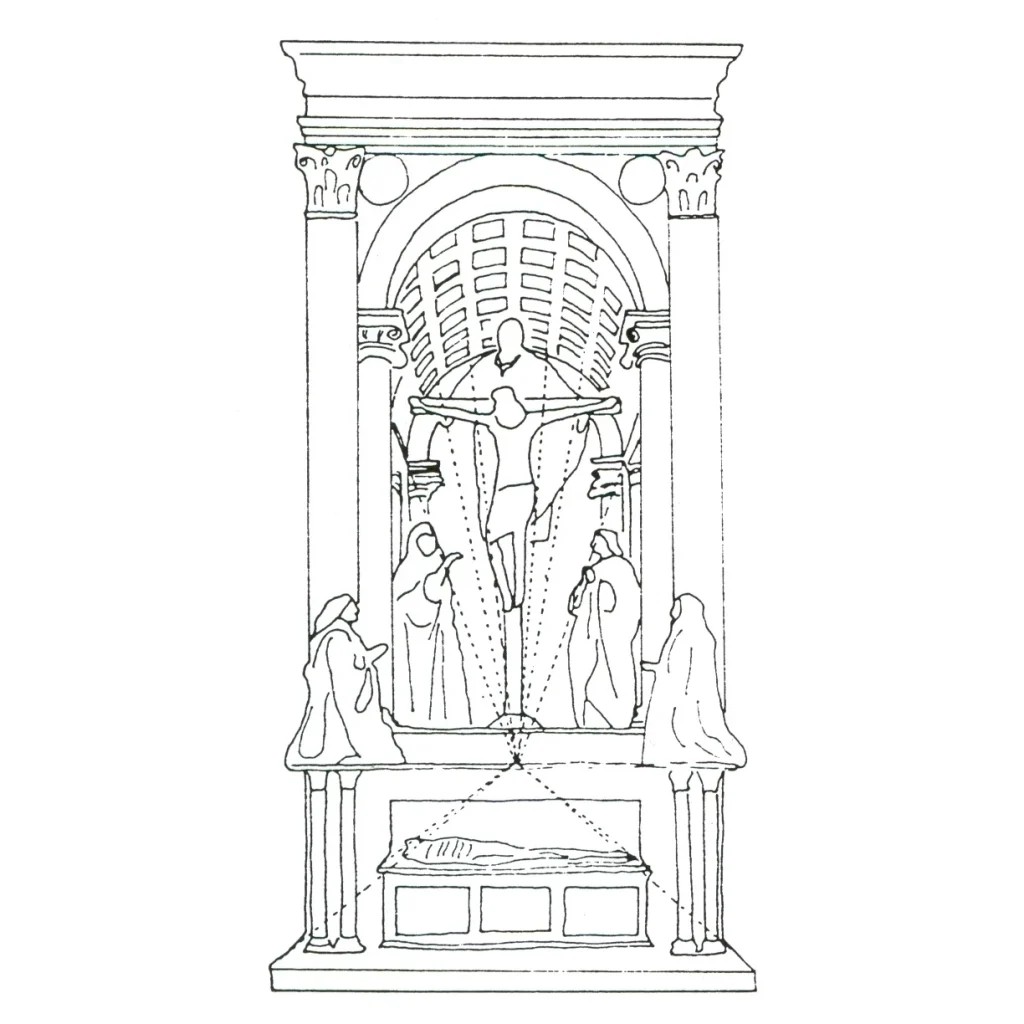
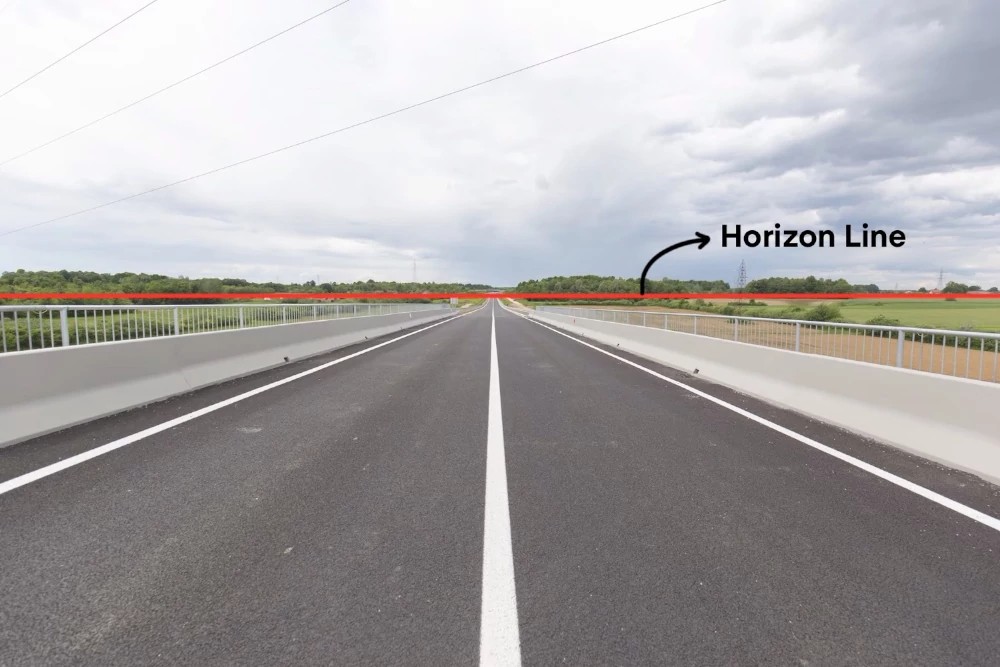
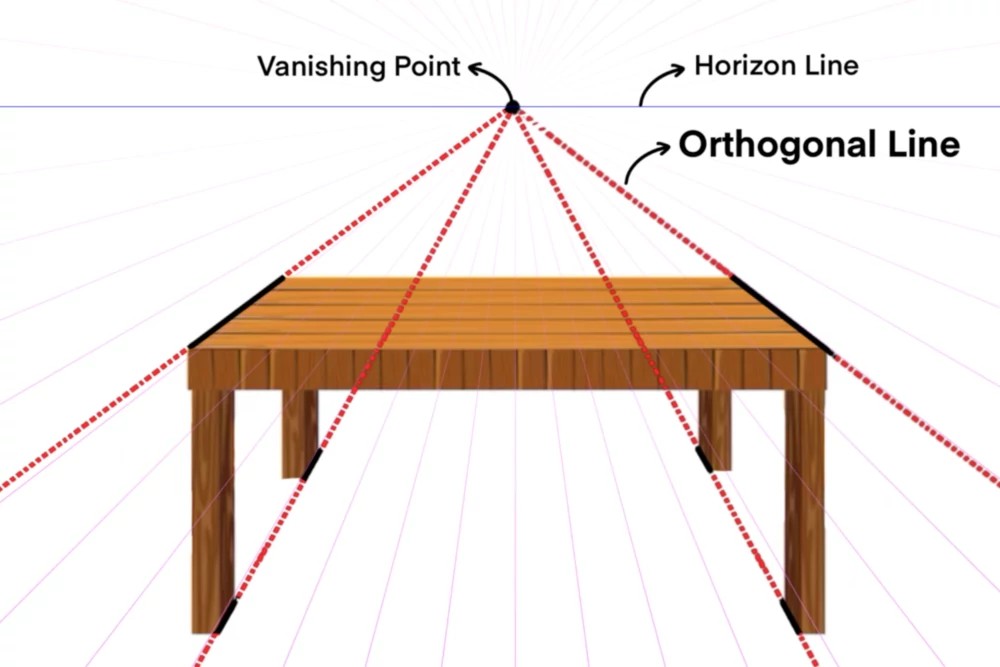
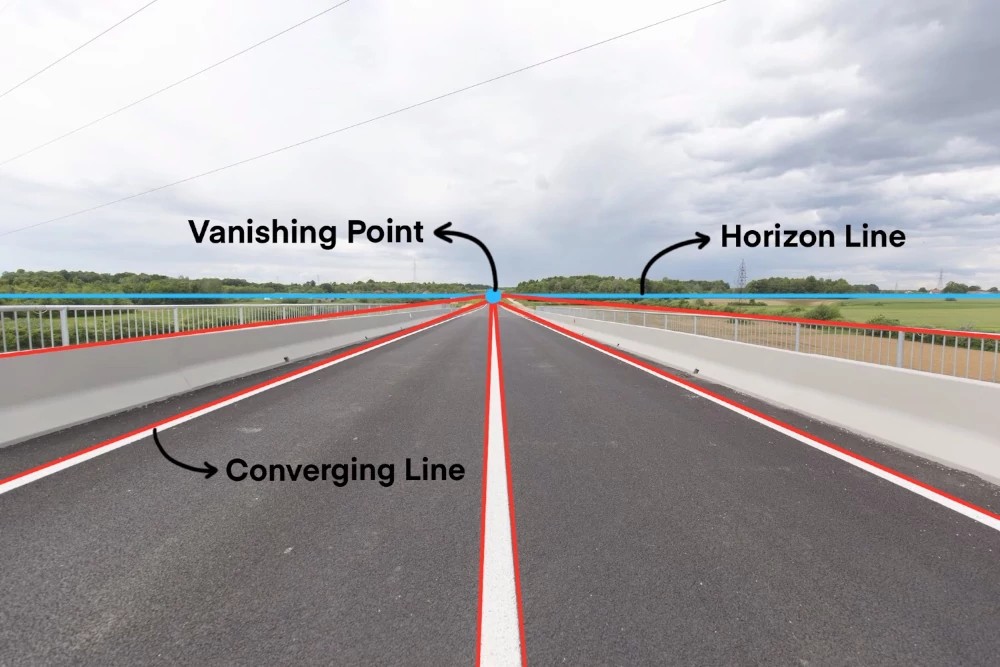

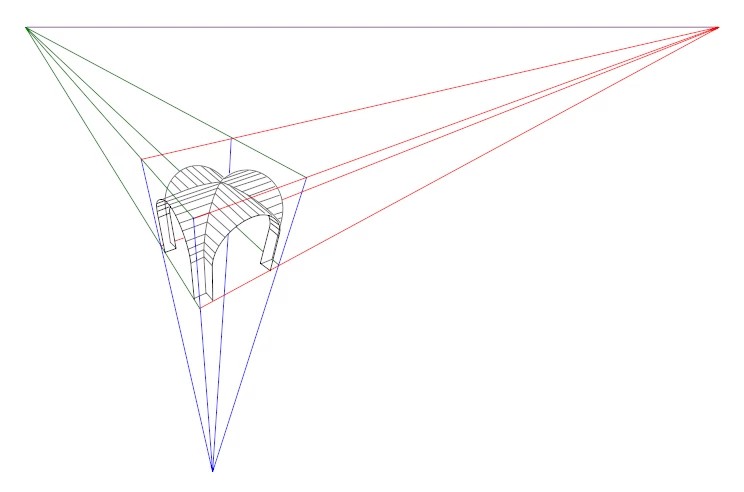

7. Master Perspective and Unleash Your Artistic Potential with WHAT.EDU.VN
Perspective is more than just a technique; it’s a fundamental language for communicating depth and realism in art. Whether you’re creating art or simply admiring it, understanding perspective enriches your appreciation and skill.
Remember, mastering perspective is a journey. Embrace practice, keen observation, and don’t be discouraged by errors – they are stepping stones to improvement.
Are you struggling to grasp the concepts of perspective? Do you have burning questions about art techniques that you can’t seem to find answers to? Look no further! WHAT.EDU.VN is here to help.
At WHAT.EDU.VN, we understand the challenges artists face when learning and refining their skills. That’s why we’ve created a platform where you can ask any question and receive clear, concise, and helpful answers.
7.1 Why Choose WHAT.EDU.VN?
- Free Access: Ask any question without any cost.
- Expert Answers: Get responses from knowledgeable individuals in the field.
- Easy to Use: Our platform is designed to be user-friendly for all ages and backgrounds.
- Community Support: Connect with a community of learners and art enthusiasts.
7.2 Get Started Today
Don’t let your questions go unanswered. Visit WHAT.EDU.VN today and experience the ease and convenience of getting the information you need to excel in your artistic journey.
Address: 888 Question City Plaza, Seattle, WA 98101, United States
WhatsApp: +1 (206) 555-7890
Website: WHAT.EDU.VN
Take the next step in your artistic journey with what.edu.vn – where questions meet answers, and creativity knows no bounds. Ask your questions today and unlock your artistic potential!